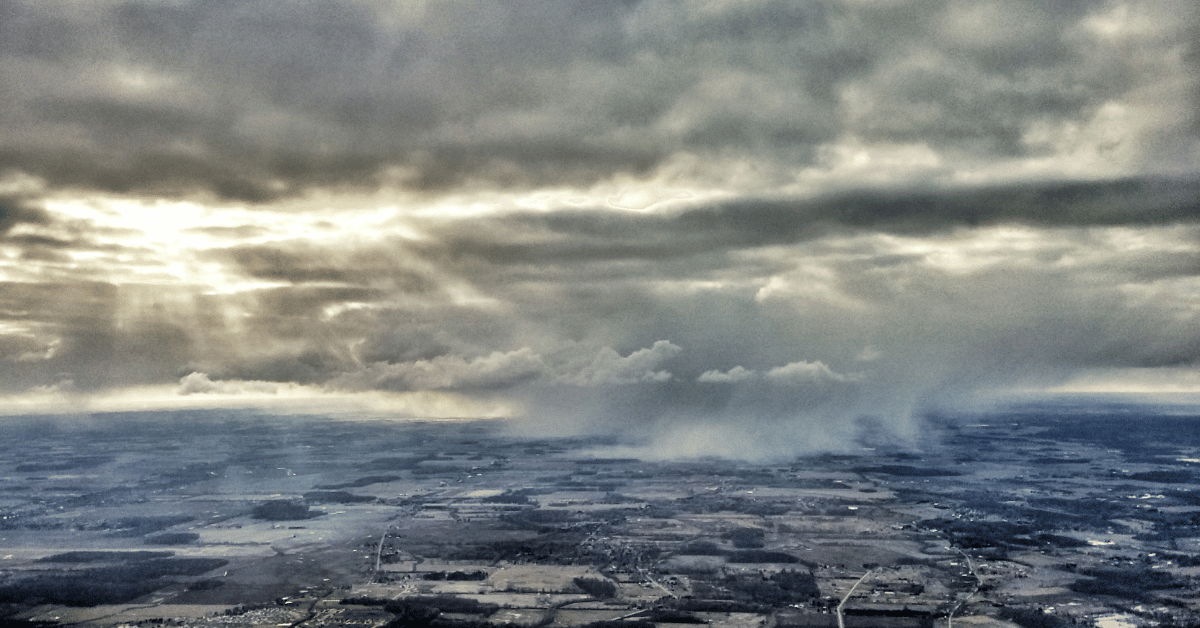The bone of contention between the nations creating unrest in the region is the Durand Line, a boundary dispute between Pakistan and Afghanistan.
History of the Durand Line
Native Pashtuns have lived in the region containing the Durand Line for a very long time. After conquering this region in the 7th century, Arab Muslims converted the Pashtuns to Islam. They referred to these Pashtuns as Afghans. The Anglo-Afghan War was fought in 1839 between Afghans and Indians under British command. Two years later, the British were forced to concede defeat. The British were successful in installing Amir Abdul Rahman Khan in Afghanistan after the Second Anglo-Afghan War. As a result of the Treaty of Gandamak, the British Empire annexed various frontier areas of Afghanistan. After attaining their geopolitical objectives, the British withdrew from the area.
Durand Line Agreement
In 1893, Mortimer Durand, representing the British Government in India, visited Kabul in order to sign an agreement fixing the boundary of their sphere of influence and improving trade and diplomatic relations with Afghanistan. A province, the “North-West Frontier Province,” now known as “Khyber Pakhtunkhwa,” ensued as a result of the agreement. This province includes FATA (Federally Administered Tribal Areas) and the frontier regions.
The Third Anglo-Afghan War
Durand’s line gave birth to the controversy between British India and Afghanistan, and the third Anglo-Afghan war was started. However, the Afghan Amir later reaffirmed this agreement and recognized the Anglo-Afghan Frontier Border.
Durand Line: A Conflict Between Pakistan and Afghanistan
Pakistan inherited this agreement after its inception in 1947. Renewal or ratification of the agreement between Kabul and Islamabad was not considered necessary, as Pakistan and the international convention do not need its renewal. The indigenous people of this region were given the option of joining either Pakistan or India. Afghanistan was not even a choice. At the time of independence, the majority of Pashtuns wanted to join Pakistan, whereas the minority was in favor of the Dominion of India. Having failed to realize the idea of a United India, Ghaffar Khan decided to join Pakistan and demanded Pakistani Pashtuns’ autonomy. In 1949, a royal Jirga was held as the result of cross-border attacks.
- According to the Afghan government, neither the fictitious Durand Line nor any other line of a similar nature exists, and all previous Durand Line Agreements are null and void because they were imposed through the use of force. The United Kingdom’s House of Commons deemed it a global border in 1950.
- The Southeast Asia Treaty Organization members also acknowledged the Durand Line in 1956.
- The Durand Line was established as Pakistan and Afghanistan’s international border by Afghan President Sardar Muhammad Daud Khan in 1976 while he was in Islamabad.
US-Russian War in Afghanistan
In the 1970s, Pakistan prepared mujahedeen with the help of the Central Intelligence Agency of the USA to topple the pro-Russian government in Afghanistan. After that, Taliban leaders challenged the Durand Line and said there should be no boundary between Muslims. The Durand Line is not recognized by either the present Afghan government or the successor president, Hamid Karzai, who was elected after the Taliban government was overthrown.




